The Mysterious Barcode Conspiracy Theories Lurking Behind the Scans
The next time you fly over the US, keep your eyes peeled for the huge barcodes spread across the states, most measuring about 78' wide and 53' long - about the size of a twin mattress.
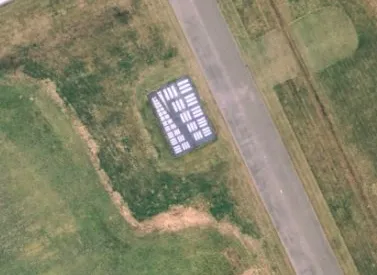
They were designed by the US Air Force and Nasa and built on slabs of concrete or asphalt. Many of the life-sized barcodes can be found in the Mojave Desert in America’s southwest where the US tested U-2 and SR-71 Blackbird spy planes.
If you Google an Edwards Air Force Base map, you may see 15 targets running along a path of 20 miles that allows aircraft to calibrate their aerial cameras. Many of the barcodes are now defunct as they were designed for aircraft using film but they are still visible as spooky reminders of the Cold War era.
The mysterious barcode
The barcode has long been steeped in mystery and it has been the focus of conspiracy theorists since its origin in the late 1940s. It was invented by Norman Joseph Woodland who based his barcode on the Morse code used to send WWII battlefield messages by utilizing dots and dashes. It is read by a scanner, which sends out a laser that detects the pattern.
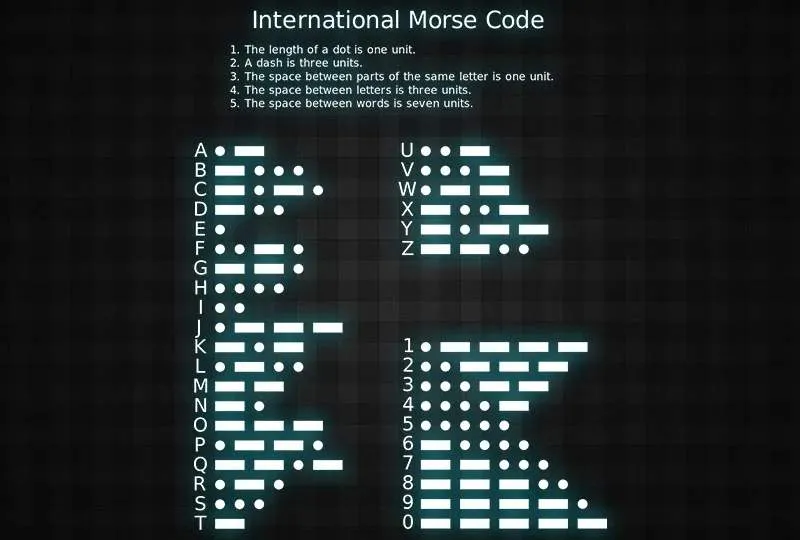
The devilish barcode
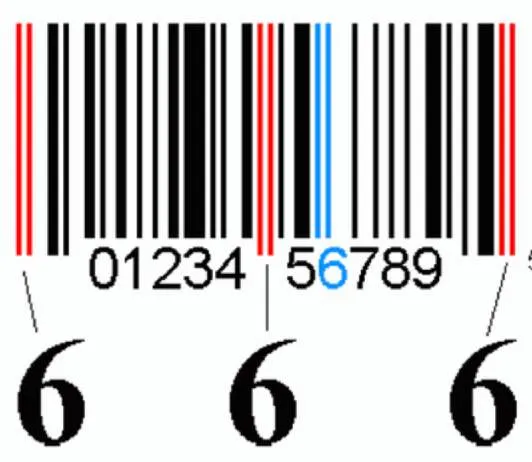
IBM engineer George Laurer made the barcode more practical for commercial use by developing the Universal Product Code (UPC) in the 1970s, the unique 12-digit number assigned to each individual product to track items in stores. There was an outcry and protests at grocers when the UPC was introduced although, as Wired noted: “The codes appeared on Coke cans and jars of applesauce, not right hands and foreheads”.
An urban legend quickly arose, warning that the Satanic number 666 was hidden in each barcode although there’s no truth to the myth, according to fact-check website Snopes. The number six is, however, represented by a pattern similar to that of the ‘guard bars’ used to mark the beginning, middle, and end of every barcode.

The first UPC smacked of Wrigleys
Wrigley’s Juicy Fruit chewing gum was the first product ever sold with the UPC code developed by IBM in 1974 and it is no coincidence that Wrigley helped develop and print the scannable barcodes. There are now barcodes on everything from artworks to pets, medical devices, and even hospital beds to track patients.
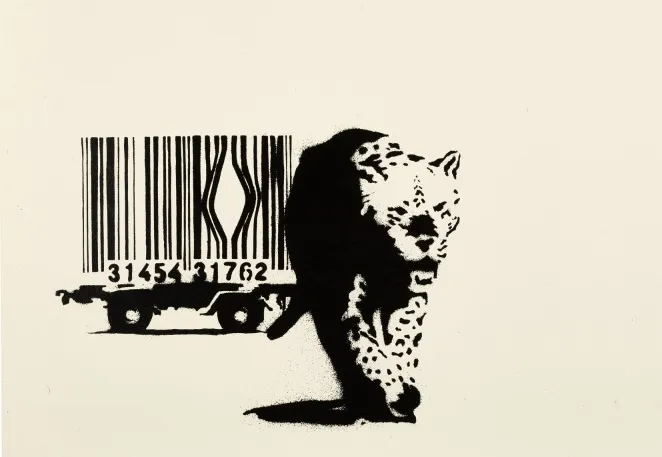
"The brand new social experience where you activate your gaming skills as you train like a spy."
- TimeOut
Take on thrilling, high-energy espionage challenges across different game zones.

The rise of the QR code
As one-dimensional barcodes became more popular, their limitations (in terms of storing information) became obvious so inventors began focusing on the QR (quick response) code, a type of matrix or two-dimensional barcode invented in 1994 by Japanese company Denso Wave to label automotive parts.
QR codes often contain data for a locator, identifier, or tracker that points to a website or application. Conspiracy theorists were suspicious of the new generation of barcodes as well. Among their many fears, some believe Whole Foods’ QR code checkout is ushering in the new world order.
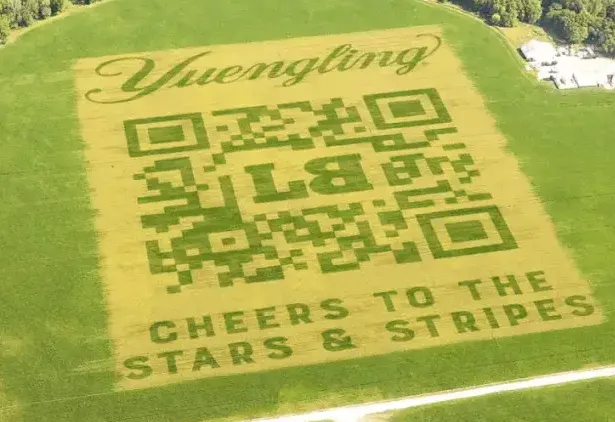
The world’s largest barcode is more refreshing than espionage
In 2022, the Yuengling beer brand teamed up with Chalfant, a family business in Farmland, Indiana, to plant crops that form the world’s largest QR code - the size of 20 football fields.
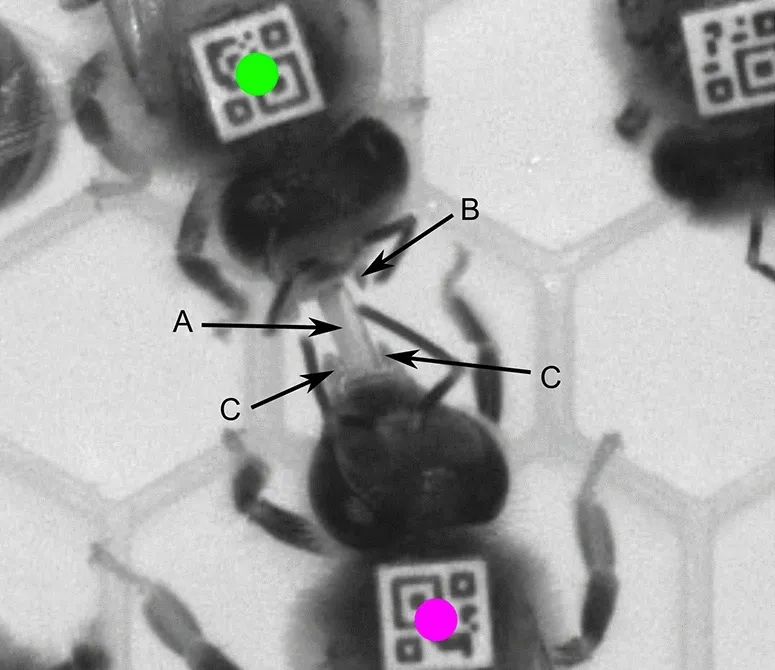
Yuengling is not the only one to jump on the barcode bandwagon. Researchers have attached tiny QR codes to bumblebees. They use cameras to monitor how worker bees switch jobs within the hive and gain a better understanding of bee behaviors resulting from pesticide use.

QR Codes and conspiracies
Memorial QR codes can now be found on tombstones in Japan and other countries. The practice became trendy in Sweden in 2015 as it allows those grieving to link burial sites to information about the departed or to an online memorial.
The Covid-19 pandemic gave QR codes a big boost, particularly among patrons wanting contactless transactions in restaurants and bars. Customers can use a smartphone to scan the QR code - a pixelated black-and-white square - on each table to view an online menu. The rise of the ubiquitous QR codes has also let businesses integrate tools for analytics, tracking, and targeting - a problem for privacy experts worried about how personal information is being tracked.
“Businesses are taking advantage of the rise of touchless services during the pandemic to harvest massive amounts of sensitive information about who we are, where we go, and what we do, including our eating and drinking habits - when all we want to do is just eat a meal,” according to the American Civil Liberties Union (ACLU).
“In China, this technology has been used to create a network of mandatory checkpoints used to track citizens as they moved throughout society,” the ACLU adds. “While that hopefully could never happen in the United States, if the codes become pervasive enough, an advertising-based equivalent could certainly arise. And your personal information collected by companies can be shared with or accessed by the government for surveillance.”

SPYSCAPE+

Join now to get True Spies episodes early and ad-free every week, plus subscriber-only Debriefs and Q&As to bring you closer to your favorite spies and stories from the show. You’ll also get our exclusive series The Razumov Files and The Great James Bond Car Robbery!


Gadgets & Gifts
Explore a world of secrets together. Navigate through interactive exhibits and missions to discover your spy roles.
Your Spy Skills
We all have valuable spy skills - your mission is to discover yours. See if you have what it takes to be a secret agent, with our authentic spy skills evaluation* developed by a former Head of Training at British Intelligence. It's FREE so share & compare with friends now!
* Find more information about the scientific methods behind the evaluation here.


Stay Connected
Follow us for the latest
TIKTOK
INSTAGRAM
X
FACEBOOK
YOUTUBE